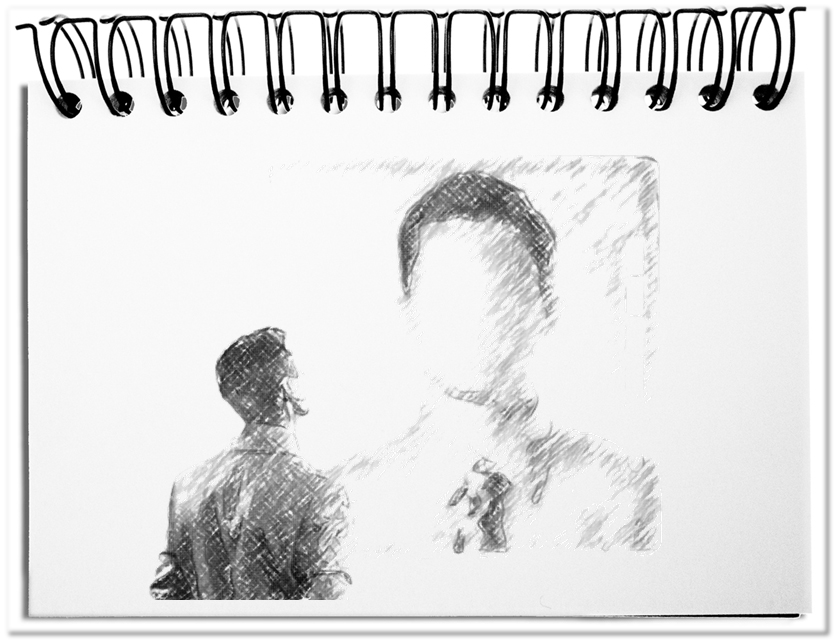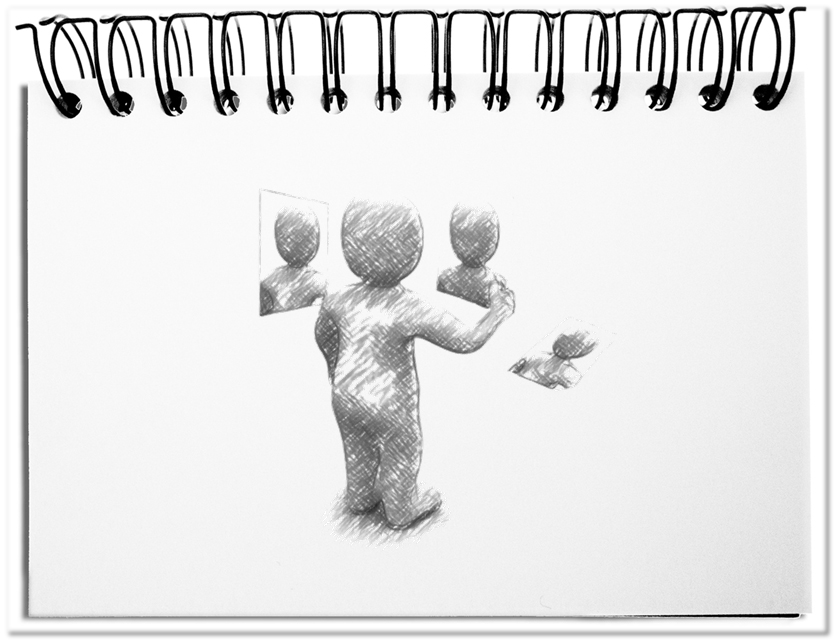The consistent self-image is the sum of the opportunities that are altogether at one’s disposal. This is particularly valid for individuals. Nevertheless, there is also a self-image of groups of any size. Accordingly cultural areas, nations, enterprises and specialists have additionally an understanding of their group. Employees have to co-operate nowadays more and more in temporary work forms, in teams, Joint ventures and the like. It requires that one has to integrate again and to find out the commonalities. Everything starts with the question: Who am I?
The model of the Logical levels by Robert Dilts for describing the self-image is a practical approach. The following questions are derived from it and should be answered by individuals, but also by groups.
- What roles do I live?
The self-image is certainly determined by the roles that one covers in everyday life – professionally and privately. The superior is a boss, colleague, father, association chairman etc. The aspects of the self-image are molded differently depending upon the roles – sometimes even contrarily. We cannot avoid in everyday life to harmonize different roles. A consistent big picture of all roles reduces tensions. - Where am I?
The context, in which one acts, is crucial. It is specified by the stakeholders, the geographical scope and the timeframe. Even if the technical networks are widening this range, the context, where one personally is, remains the most important one. - What do I do?
The actions become visible in the factual activities, in the recognizable patterns of behavior and in the planned measures. They show, what one does (contrary to what one thinks to do). Tensions result, if one misses to dissolve these differences. - What do I know?
The technical, methodical, social and systemic abilities set the limits for the personal opportunities. Based on an overview of the existing and the required capabilities, the learning needs can be derived. - What do I believe?
The convictions have a strong effect on the perception, the thinking, the communication and the actions. They consist of values, intentions and evaluations. Since these are contents that are difficult to grasp, it is favorable to clarify the corner stones of the personal convictions explicitly and to convey them continuously. - Where do I belong to?
Not only the cultural area defines a person, but also the individual specialist areas. Based on them personal, collective and public order and orientation framework arise. They affect all roles (see above). Serious contradictions between the different areas produce conflicts that can be solved by a constant adjustment. For example, religious rules forbid to practice certain roles. Also a pronounced environmental awareness contradicts occupations that are known for extreme environmental damages.
The more harmonious the aspects of the self-image are, the more a role can be performed and the more authentically one is perceived by others.
Same series:


